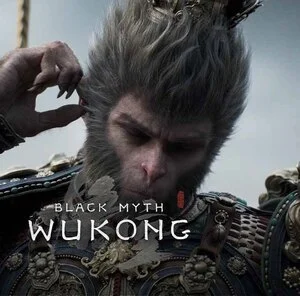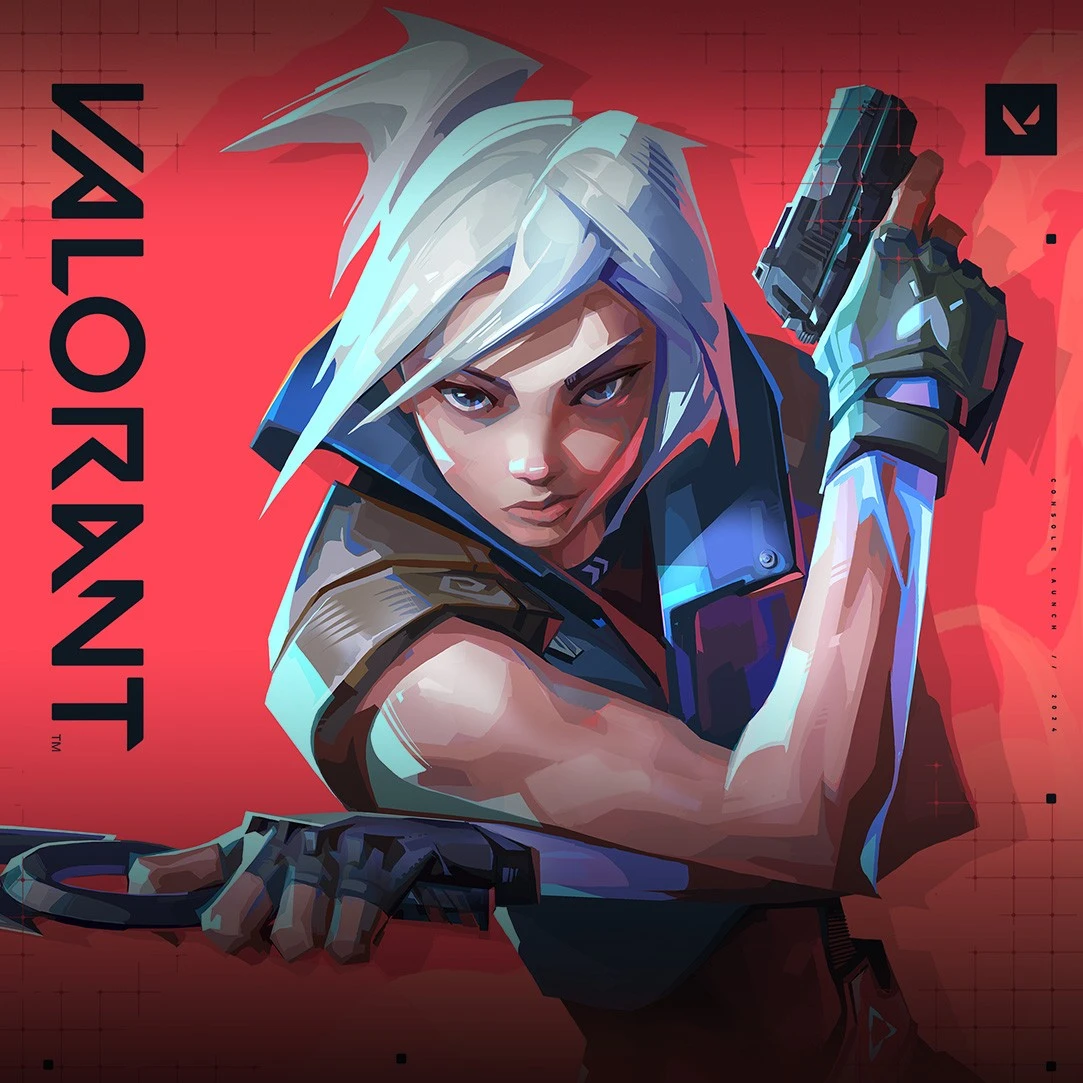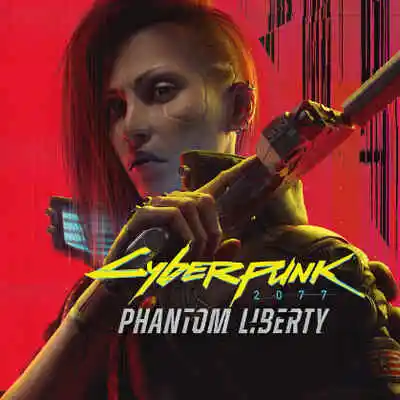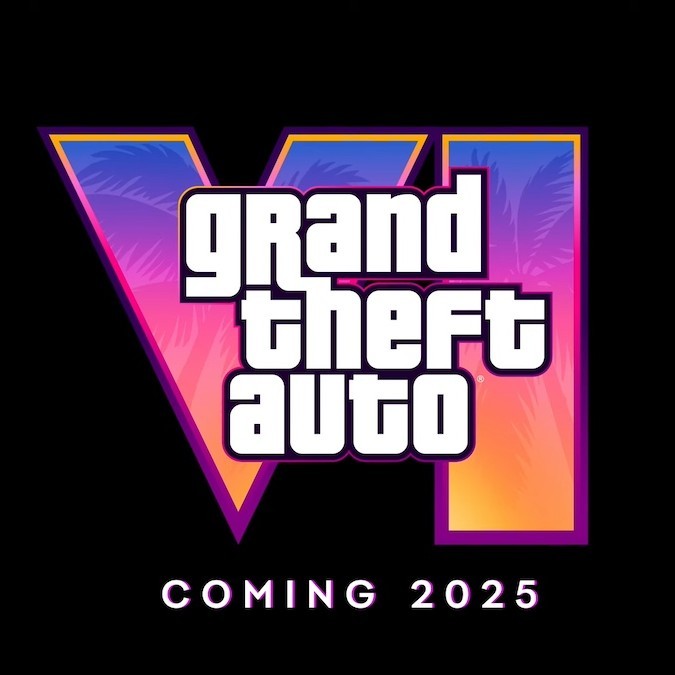
Warhammer 40,000: Darktide Review
Heyhey, let’s have a look at another new rules set, shall we. It’s been a while since the last review of sci-fi rules, and many would argue that this one’s much more fantasy than sci-fi. But actually, it’s its own category anyway: It’s Warhammer 40,00.
Warhammer 40,000 is a fantasy wargame published by Games Workshop. The company not only produces the figures to play the game, but also publishes novels based on the adventures of the colourful characters of their game world and sells their world so video game companies, mobile game companies, or collectible puppet companies to produce fan articles under license. Warhammer 40,000 is sat in the far future. The universe is a grim place, shaped by the dark motifs of its protagonists. There is no peace amongst the stars, only an eternity of carnage and slaughter, and the laughter of thirsting gods. But you already knew that of course. Everybody knows pretty much exactly as much as they want to know about “40k”.
As the incarnations of the game rules enter their double-digits, I thought it might be interesting to have a look at how they work now. It’s been over 10 years since I last played Warhammer 40,000, which I think was the 6th edition at the time. Now, with the release of the 10th edition and the mandatory “all your codex books are invalid” reset, Games Workshop put the core rules for the latest edition, plus get-by rules for all the figures available at their online store (plus figures which are not available any more, which is pretty cool) on the internet for free.
Of course I’m following what GW do, despite the fact that I’m not actively involved in playing their games much. I find it interesting, often aggrevating, it’s a great talking point, and last but not least: if you traverse the wargamey corners of the internet you cannot avoid running into the adventures of that plucky little company and the things they are up to. Actually it is always the same thing, but they keep it fresh somehow. Which may be reason for their success.
I could get into how 40k was pretty much my gateway drug into figure wargaming, how despite everything I’d prefer for it to exist rather than not, how I champion their physical shops, how GW store managers are pretty cool (with exceptions, but those usually are swiftly gone and rightfully forgotten), and many paragraphs about GW’s position in German-speaking contries especially. But you either know that anyway or it would just needlessly inflate the word count of this probably pretty bloaty article. So let’s get to the core. Rule book, that is.
The Rules
You can dowload the rulebook in pdf form from GW’s website in several different languages. It’s a 60-pages document and contains all the rules you need to play Warhammer 40k and one scenario.
The full rulebook also features an introduction to the background (the ‘fluff’) of 40k, all the different warring factions/armies and Combat Patrol rules for introduction games using pre-composed smaller forces.
I use the pdf rules. I read and played several iterations of Warhammer 40k, and by now I know that this bears more trappings than it actually helps. Because this game has changed over the many, many, many versions it went through, whilst at its core it pretty much stayed the same. Which may be the reason for its success.
The rules are presented in a very exact manner. The text doesn’t leave much room for interpretation, and it’s not ‘chatty’ in its language. It does seem wordy though, mostly to make very clear what you can and can’t do. Here, I found the little summary boxes to be a very welcome design idea.
Here’s a snippet from one of the pages:
More often than not I found my eyes darting straight for the little boxes with the red bullet points to get an overview of each rules paragraph and only then scan the text above for any bits which weren’t clear from the box below. The funky little icons in the right inform the reader which phases of the player turn the rules on this page concern.
At its core, Warhammer 40,000 is still I-Go-You-Go, Move-Shoot-Charge-Close-Combat, points-based army list builing. And then there’s big explosions on the table, delivered by means of many special rules and special abilities.
The Game Turn
This time around, the phases which comprise a player turn are organized as such:
Command Phase: Players both gain Command Points which they may later spend on Stratagems. Those were introduced a few editions ago, and they are basically magic spells players can use to help out your guys / hinder the opposition at certain phases of the game. There are 11 different such Stratagems in the core rulebook, plus six more specific ones for each army to reflect their combat doctrines. I have opinions on such game mechanisms, which I shall share with you later. 😉
The interesting thing about the Command phase though is that it also contains the morale rules. Historically morale never played a huge role in 40k. It’s more of an afterthought because in 40k everybody is a drugged-up religious fanatic maniac or a space shark. However, if a unit is reduced to half of their starting strength (be it figures per unit OR hit points/wounds on a single figure if its on its own) they have to roll a leadership test. If they fail it they are not able to capture mission objectives or be tagretted by (friendly) Stratagems for one turn.
Movement: Since the re-introduction of the Movement value for each unit this couldn’t be clearer. Move the figures up to the number in their movement value box in inches. Units may Advance, meaning sprint. This adds one D6″ of movement, but prevents them from shooting or charging into close combat this turn. What I found surprising is that this happens during the movement phase, so it’s not a bad idea to put a little token next to units who Advanced, just to remember that they are subject to certain restrictions later on during the turn.
Movement across terrain is pretty breezy (units just hop over anything up to 2″ in height, anything taller they can just climb up, measuring the vertical movement as part of their move). The rule book explains exactly the rules which apply to a selection of terrain types (the ones currently sold by Games Workshop), but none of them impede movement in any way.
Shooting: All eligible (this word is featured a lot in the rulebook) figures may fire their guns/spit their stuff/throw demonic fireballs at a range. This works as it always has: roll-to-hit, roll-to-wound, target rolls their saving throw which either prevents the damage from happening or the damage happens. A pretty long process, especially since often a lot of dice are involved, but it’s tradition to do it like that and everyone’s involved.
Visibility is interesting, in that ‘true line of sight’ is employed. If any bit of a figure can be seen by the shooting unit, it can be targeted. Which in practice means that pretty much everything is visible unless they hide behind a big brick (but not a hovering big brick or a big brick on tracks, under which the bases of the figures can see target unit’s bases lengthways! There are many interesting/boring discussions about this on the internet.). Essentially units can fire through most of their own and most of the enemy’s units.
The Benefit of Cover (the 40k nomenclature for ‘cover’, and a nice book title as well) is granted if a unit sits fully within a terrain piece OR behind ruins or a forest. It improves the unit’s armour save characteristic by one UNLESS they already have an armour save of 3+. In general, the game makes use of modifiers for things such as to-hit rolls as well, but they can never be more than +/-1.
Charge: Units which did not advance this turn may declare a charge. Behold, this game has variable charge ranges! 2d6 are rolled, if this is equal or more than it takes the unit to get within 1″ of the target the charge is successful, if not the unit stays in place. Not bad.
Fight Phase: Now this is a bit different to what I was used to. In 10th edition 40k, players take alternate turns activating units in close combat, starting with this turn’s ‘passive’ player. Not sure why this feels a bit neater than the classic “both sides involved roll lots of dice simultaneously” or “initiative determines who strikes first”, but there is a certain something to that ruling.
After this, the player turn ends and the other player’s turn starts anew with the command phase. Of course all of the above can get more or less heavily influenced by special rules, abilities, Stratagems, and so on.
Army Building
The list building is rather free-form now. You basically choose a points limit per side (the rulebook suggests 1000, 2000 or 3000 points). The only restrictions are that your army has to have at least one figure with the “character” keyword and no more than three units of the same name, unless they have the “Battleline” or “Dedicated Transport” keywords. Of those you are allowed up to six of the same name. The keywords are important. So far I’m not aware of any rules for allies from other armies.
The get-by army lists (unil new codex books will be released. I have opinions on these. 🙂 ) can be downloaded in PDF form and consist of these unit cards for free, with a separate document containing the points cost for each unit. Every single unit has individual weapons and each unit comes with at least one special rule. Each army has two or more army-specific fules.
This lists everything you have to know about the unit (as well as what it looks like in the shape GW currently sell them in). There is a second part which explains different equipment options. The funny thing is that these get-by points lists we have for now don’t take any wargear options into account. In terms of points it doesn’t matter whether you equip your unit leader with a bolt gun and a power fist or a pistol and a knife.
These wargear options are purely based on which optional bits the figure kits are sold with. So for instance Catachan Jungle Fighters of the Astra Militarum (figures released in 2000, if memory serves right) may only be equipped with close combat weapons, lasguns and flame throwers, whereas the much more recently released Cadian Shock Troops of the Astra Militarum come with a wide array of special weapons and other stuff. Because there are more different bits in the box.
Grab what ever you like, Assault Marines, it’s all free. Do it while you can, because you’re being discontinued.
To me, army list building based on points is one of the more arduous tasks in life, and I’ll happily do without it, so on the one hand it takes away a lot of the annoying nitty-gritty stuff. On the other hand it was a bit of a surprise. By the way, unit sizes work very much the same. Astra Militarum Ogryns come in boxes of 3 figures. Hence, you can pay the poins to have either a unit of 3 or 6 Ogryns in your army. Okay, that goes with the physical product. It leaves no question where the focus lies here.
Before the game, players are allowed to place up to 25% of their points worth in “Strategic Reserve”, which is a pretty cool mechanism. Units in Strategic Reserve may only be deployed from turn#2, but may enter from one of the sides or, if deployed on turn#3 or later, deploy in the back of the enemy.
The Game
The scenario included in the rule book is pretty simplistic – there are four objectives to take and hold (placed by the players in an alternating fashion), from turn#2 each objective in your possession will give you one victory point. Units have different “Objective Control” values to determine who controls a contested objective. This goes on for 5 turns or until one side’s army is destroyed.
This of course is a big improvement over the old “Control the objective by the end of the game and you won.” stuff from earlier editions. It’s more ‘gamey’ of course, but works better as …well, a game. There is a mission pack floating around with more thematic and varied scenarios as well.
…and that’s it really. Warhammer 40,000 10th edition.
Since Games Workshop were so good as to put the rules online for free, I got this idea of giving the rules a try for a review. Simply for the fun of reviewing Warhammer 40,000 for Tabletop Stories. Usually reviews of GW stuff are kinda pointless, because it’s always the same really, but since i haven’t reviewed anything GW on this site so far and since I was curious about the little things the rules may have changed since I put up with them last I thought it might be worth a go.
So I had a look at my 40k collections and made two 1000 points armies ready – Astra Militarum (see, I use the new name now) and Space Orks. And then I set up a table for a test game.
Platoon Command Squad (1 officer, 4 veterans)
Death Skull Looters (4 Looters + 1 Spanner)
Traktor Kannon (counts as Kustom Mega Cannon. It’s complicated.)
Buggy (counts as Kustom Boosta Blasta; when i wrote the lists the lists for the out-of-production units weren’t uploaded and the Kustom Boosta Blasta was the closest to a buggy I could find)
6 Boar Boys (count as Squighog Boyz)
The Table & Setup
This basically is a continuation of the situation as presented in my 5150:Citizen Soldier campaign games. Those were the early skirmishes between Ork scouting parties and the plucky Planetary Defence Force on a backwater imperial planet. Now it’s a full-on invasion and Orks are attacking what ever they can find left and right.
The situation here obviously is a small contruction site at which road works were carried out. The workers were tasked with creating a road towards the ruined ancient temple so the good citizens would be able to worship at the big, tasteful statue Ministorum placed there to keep the evils of the ancient temple in check. Attempts were made to turn this into a lucrative endeavor for the church as well as for a rat-on-a-stick vendor, but it never quite worked out without a proper road leading to the site of worship.
So a buch of machinery and a bunch of workers were dispatched to get that road done. But the green menace showed their big, evil faces, the workers fled and once more that road didn’t get finished.
There are four objectives to capture and hold – the statue (of course), the Ample Supplies in the hut where the workers used to live in, a meteorite made of probably valuable stuff which got dug up during the road works, and a communication relay.
The green line depicts the Orks’ deployment zone, the blue line the Imperial deployment zone. The sneaky Ork Kommandos infiltrated the area and sit right in the dug-up part of the road, next to the meteorite.
Loads of Gretchins hauled the huge gun into the ruins and dug in around the holy site.
To their left, the boar boyz, led by the warboss on his super cyboar, and the Goff orks mob took position.
The looters sit to the right of the ruins, possibly looking if the former owner of the food stall left back something of value:
The Planetary Defense Force set up a strong firing line in the centre.
Their right flank is guarded by the Leman Russ battle tank and the Hellhound.
…while the deeply untrustworthy beastmen were sent to guard the comms equipment (and a tree).
Strategic reserves:
Astra Militarum: Chimera, Ogryns, Commissar
The Game
The Orks get to go first, decide not to waste any time on Stratagems and advance the goff orks towards the forest in front of them. The boar boys take a sharp right turn and go towards the centre rather than trying to frontally charge towards the enemy tanks. Meanwhile the Looters, Kommandos and Traktor Cannon open fire at the Imperial soldiers and take out a few of the big 20-men squad, without really hampering their firepower though.
On the first Imperial Gu- Astra Militarum turn, Lt. Colton Staxx orders his men to aim before they fire (always a good idea) and leads his command squad into the building to secure the Ample Supplies in there. The windows are less than 2″ high, so they just walk in there.
The Imperial firing phase concentrates all its fire on the boar boys. This is where things got rather 40k-y: Several of the units were subject to three to four different special rules from various sources, giving them a +1 to hit, re-roll 1s on to-hit rolls, adding the [Lethal Hits] special characteristic and increading the AP factor of all fire directed at the boar boys.
At the Orks end of things, stratagems were not used, and some special rules forgotten as I tried to work out how every single gun worked and how shooting works on the whole.
The results are obvious – the boar boys (despite looking really hard on paper) get shot up and soon only the warboss is left on his own.
The Orks have to strike back to some capacity and fast. The Warboss calls out a WAAAAAGH!, and the Kommandos leave their cosy entrenchment to charge the enemy infantry and Sentinel walkers, while the Weirdboy summons the power of the Waaagh to teleport the Goff Ork boyz (also damaged by tank fire) across the table and behind the imperial beastmen. The lone warboss is led up the porch to the building, where the cy-boar sniffs out some tasty Ample Supplies.
Without much hesitation, the mechanically enhanced beast carries the rider through the thin wooden wall and into the building. They crash into the Platoon Command Squad. The heavy weapon squad’s support fire luckily misses the Ork warboss (and his cyboar).
Long-range Ork fire takes out one of the Sentinels…

.webp)


.webp)

